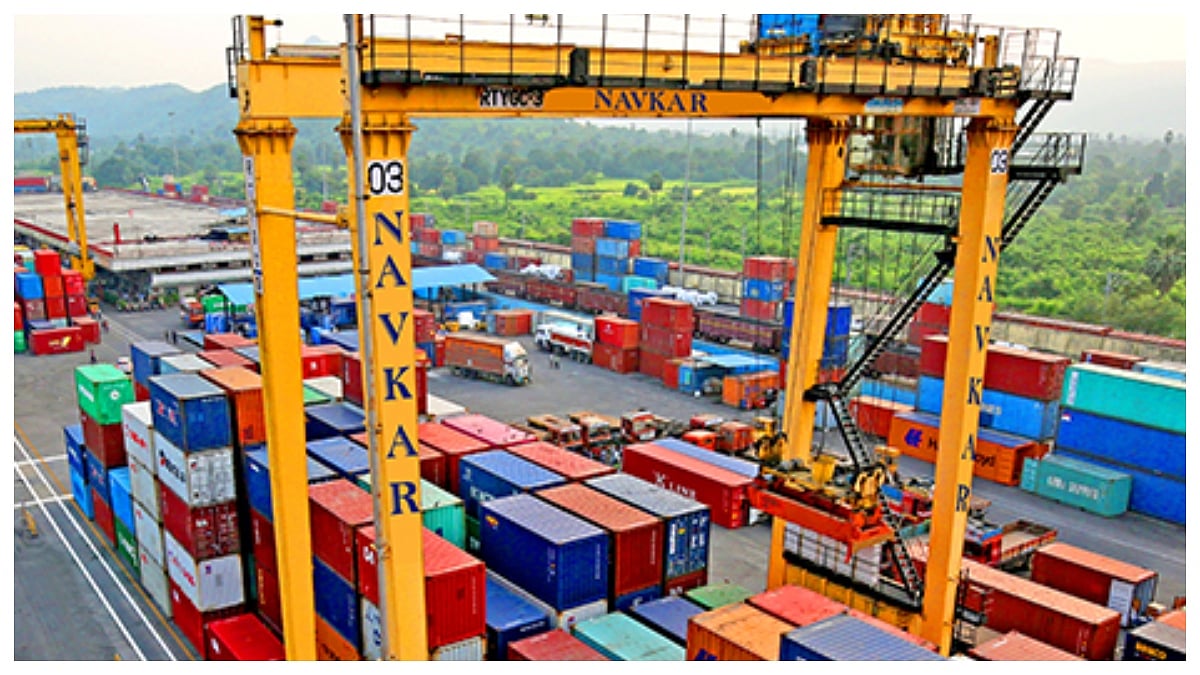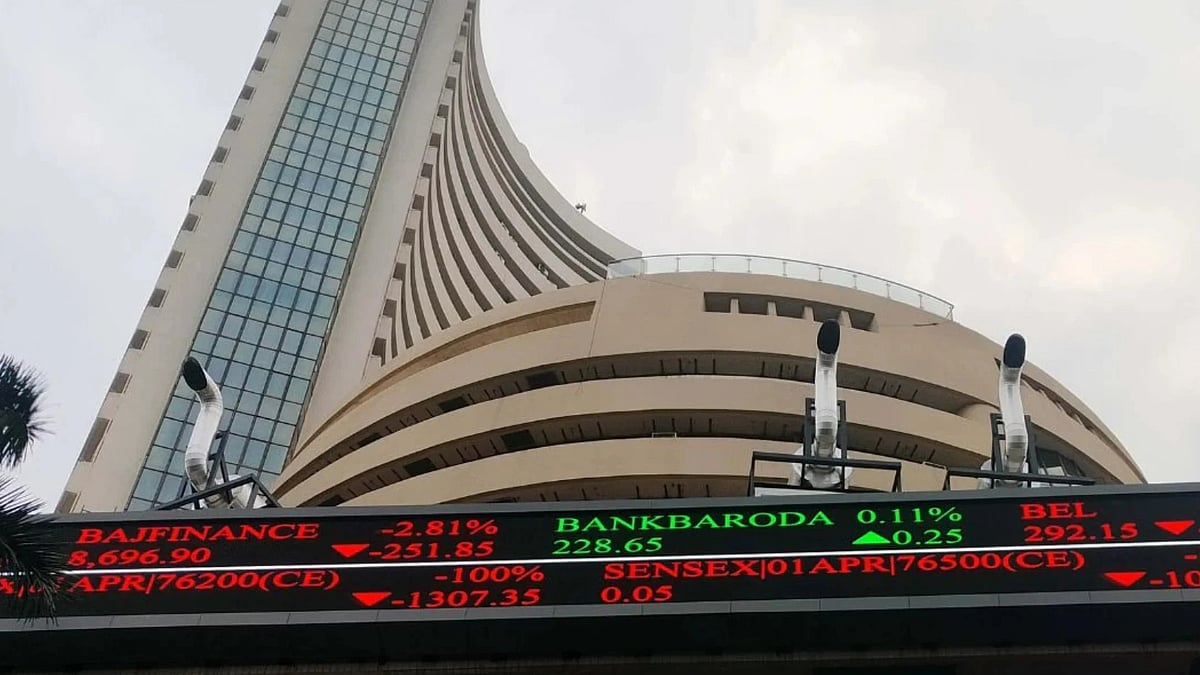Foreign Direct Investment (FDI) flows to India in 2021 were 26 percent lower, mainly because large M&A deals recorded in 2020 were not repeated, the UN trade body has said.
The UN Conference on Trade and Development (UNCTAD) Investment Trends Monitor published on Wednesday said global foreign direct investment flows showed a strong rebound in 2021, growing 77 percent to an estimated $1.65 trillion, from $929 billion in 2020, surpassing their pre-COVID-19 level.
"Recovery of investment flows to developing countries is encouraging, but the stagnation of new investment in the least developed countries in industries important for productive capacities, and key Sustainable Development Goals (SDG) sectors - such as electricity, food or health - is a major cause for concern," said UNCTAD Secretary-General Rebeca Grynspan.
The report said developed economies saw the biggest rise by far, with FDI reaching an estimated $777 billion in 2021 - three times the exceptionally low level in 2020.
FDI flows in developing economies increased by 30 percent to nearly $870 billion, with a growth acceleration in East and South-East Asia (+20 percent), a recovery to near pre-pandemic levels in Latin America and the Caribbean, and an uptick in West Asia.
FDI flows to South Asia decreased 24 percent to $54 billion in 2021 from $71 billion in 2020. FDI in the United States – the largest host economy – increased by 114 percent to $323 billion, and cross-border M&As almost tripled in value to $285 billion.
"Flows to India were 26 percent lower, mainly because large M&A deals recorded in 2020 were not repeated," it said.
China saw a record $179 billion of inflows - a 20 percent increase - driven by strong services FDI.
Of the total increase in global FDI flows in 2021 ($718 billion), more than $500 billion, or almost three quarters, was recorded in developed economies. Developing economies, especially least developed countries (LDCs), saw more modest recovery growth, the report said.
The World Investment Report by UNCTAD released in June last year had said that amid the pandemic, India received $64 billion in foreign direct investment in 2020, the fifth-largest recipient of inflows in the world.
FDI to India increased 27 percent to $64 billion in 2020 from $51 billion in 2019, pushed up by acquisitions in the information and communication technology (ICT) industry, the report had said.
The report issued last year had said the pandemic boosted demand for digital infrastructure and services globally.
This had led to higher values of greenfield FDI project announcements, targeting the ICT industry, rising by more than 22 percent to $81 billion. The report had noted that the second wave of the COVID-19 outbreak in India weighed heavily on the country's overall economic activities.
Announced greenfield projects in India had contracted by 19 percent to USD 24 billion, and the second wave in April 2021 affected economic activities, "which could lead to a larger contraction in 2021", it had said.
The latest Investment Trends Monitor said investor confidence is strong in infrastructure sectors, supported by favorable long-term financing conditions, recovery stimulus packages, and overseas investment programs.
In contrast, investor confidence in the industry and global value chains remains weak. Greenfield investment project announcements were practically flat, and the number of new projects in global value chains (GVCs)-intensive industries, such as electronics, fell further.
The report described the outlook for global FDI in 2022 as positive but added that the 2021 rebound growth rate is unlikely to be repeated.
The underlying trend - net of conduit flows, one-off transactions, and intra-firm financial flows - will remain relatively muted, as in 2021. International project finance in infrastructure sectors will continue to provide growth momentum, the report noted.
"New investment in manufacturing and GVCs remains at a low level, partly because the world has been in waves of the COVID-19 pandemic and due to the escalation of geopolitical tensions," said James Zhan, director of investment and enterprise at UNCTAD.
"Besides, it takes time for new investment to take place. There is normally a time lag between economic recovery and the recovery of new investment in manufacturing and supply chains," Zhan added.
The protracted duration of the health crisis with successive new waves of the pandemic continues to be a major downside risk.
The pace of vaccinations, especially in developing countries, as well as the speed of implementation of infrastructure investment stimulus, remain important factors of uncertainty.
Other important risks, including labor and supply chain bottlenecks, energy prices, and inflationary pressures will also affect results.
(With inputs from PTI)









